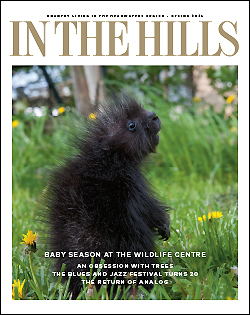Singing Insects
You likely won’t see many of these without a little dedicated searching.
Before reading on, pause a moment, open a window and listen. No matter where you are, urban or rural, you should hear insects. The lusty voices of breeding birds have faded. In late summer and early fall, nature’s soundtrack is provided by the trilling, chirping, and buzzing of insects.
Though all around us, these singers are seldom seen. Most are cryptic – green among greenery. Others hide on the ground, concealed in grass or under logs and stones.
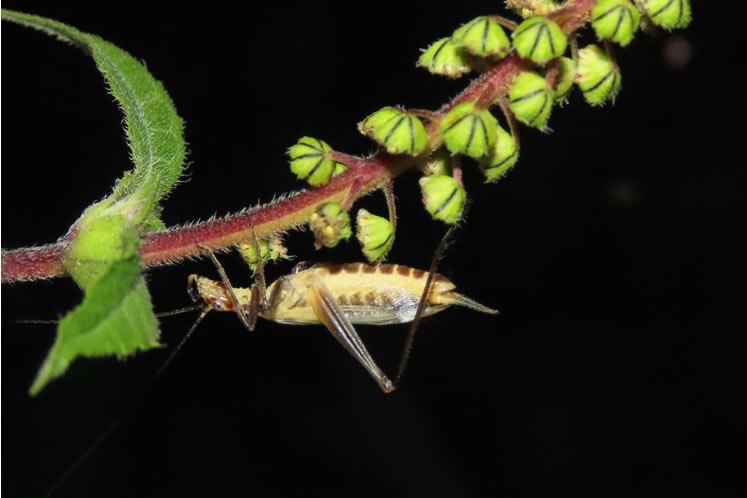
Black horned tree cricket. Photo by Don Scallen.

Cicada. Photo by Don Scallen.
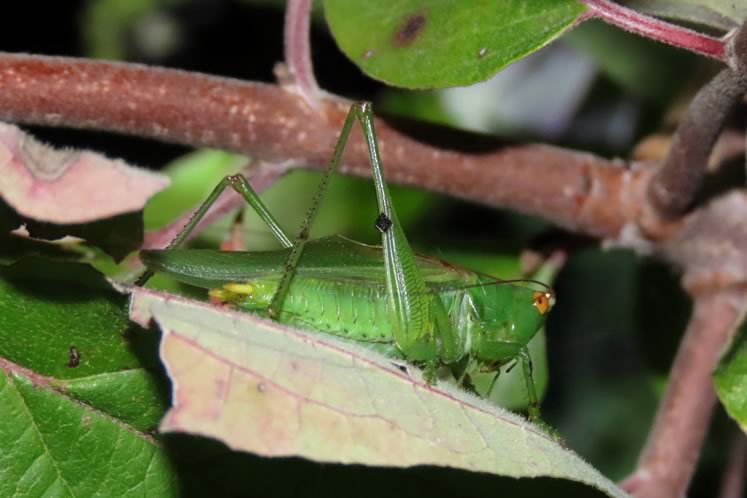
Common or gladiator meadow katydid. Photo by Don Scallen.
The familiar chirping of fall field crickets, heard day and night at this time of year, provides a soothing background rhythm as we get on with our day or snuggle into our beds. You know these singers well. They are the black crickets that scuttle away when you move a planter or bag of soil in your yard.
But field crickets are only one section of a great insect orchestra. Several species of tree crickets trill in our shrubs and trees. Cicadas accent sultry afternoons with high-pitched buzzing, and various katydids, superb leaf mimics, chime in too.
You likely won’t see many of these without a little dedicated searching. The diminutive musicians usually press mute as you approach and rely on their superb camouflage to hide in plain sight. But the search is worth it. Many of these insect singers are lovely.
My guess is that more and more naturalists will come to cherish singing insects. Birds are usually the entry level passion of naturalists who then get smitten by butterflies and dragonflies. Many naturalists are now agog over moths. Singing insects may be the next big thing. And why not? They are diverse, musical and beautiful.
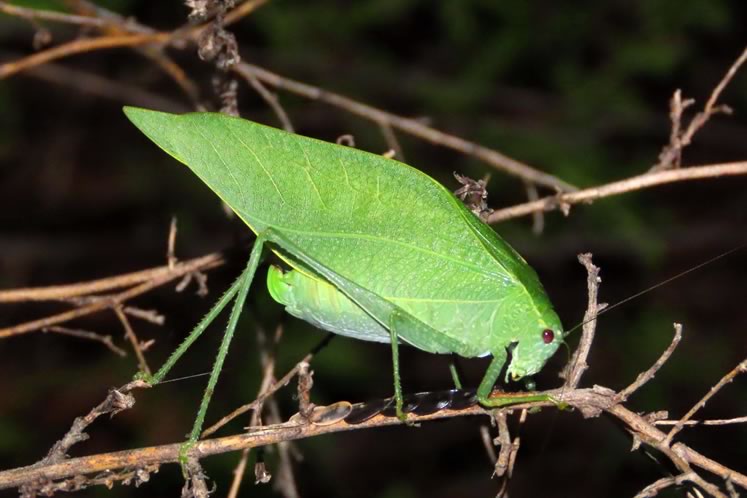
Greater anglewing. Photo by Don Scallen.
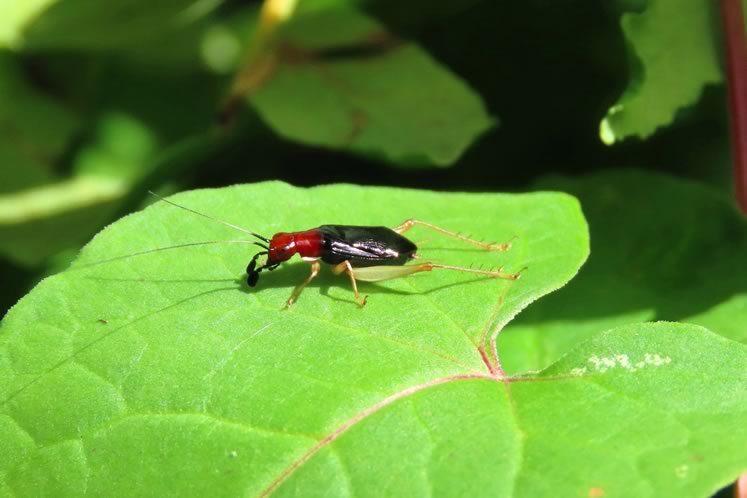
Handsome trig (cricket). Photo by Don Scallen.
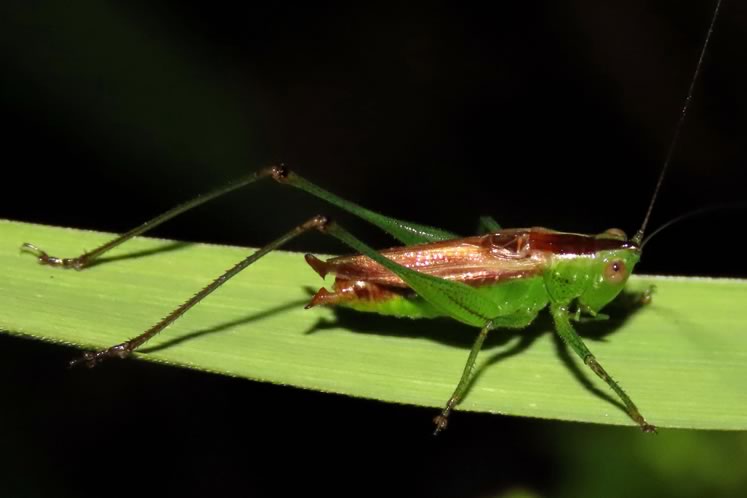
Short winged meadow katydid. Photo by Don Scallen.
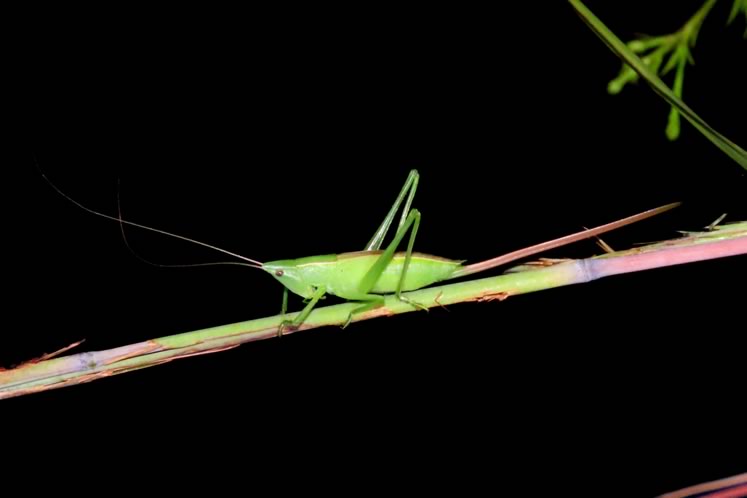
Sword bearing conehead female. The long spike is called an ovipositor. It is an egg laying organ. Photo by Don Scallen.
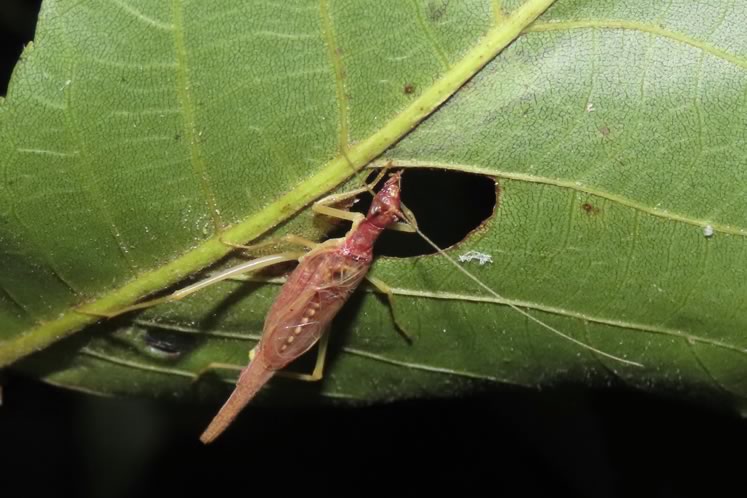
Two spotted tree cricket and its singing hole. The male cricket cuts a hole in a leaf, hides underneath and broadcasts its call through the hole. Photo by Don Scallen.
Please check the links below to learn more about singing insects and to hear their wonderful voices.
Learn more
Related Stories
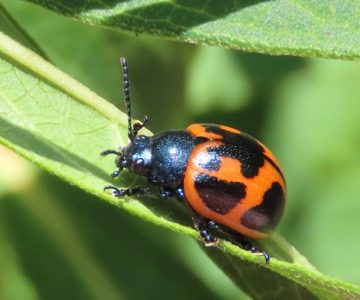
Beetle Mania
Aug 4, 2020 | | Notes from the WildFour beetles among hundreds of thousands, each with a unique story to tell.
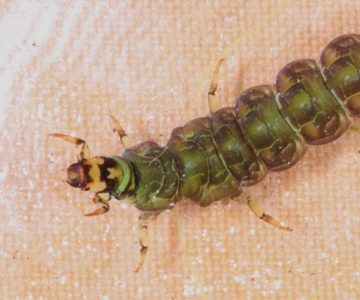
Benthic Invertebrates
Jul 3, 2019 | | Notes from the WildThe abundance of these aquatic larvae in our streams and rivers is a good thing.
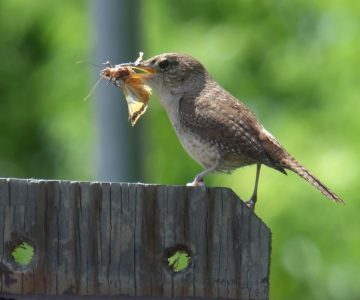
Birdsong – Brought to You by Bugs
Jul 4, 2018 | | Notes from the WildI recently had the pleasure of watching a pair of house wren parents feed their babies in a backyard nest box.

Caterpillars and Chrysalides
Aug 17, 2017 | | Notes from the WildCaterpillar food plants will summon egg-laying female butterflies to your yard. Then, if sharp-eyed, you may find the minute eggs. More likely you’ll find the caterpillars.
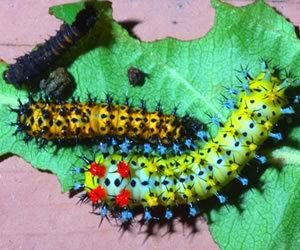
Cecropia Moths Stir Like Phantoms in the Twilight
Jun 5, 2010 | | Notes from the WildCecropia moths: Strange and wonderful phantoms of the twilight world.
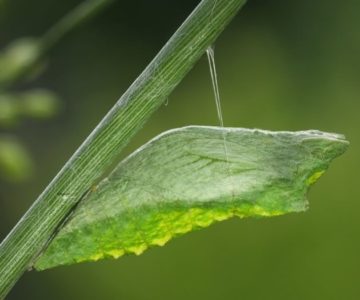
Chrysalides
Jul 4, 2017 | | Notes from the WildWith a few exceptions, chrysalides are designed to be overlooked, to allow the wondrous alchemy of metamorphosis to proceed undisturbed.
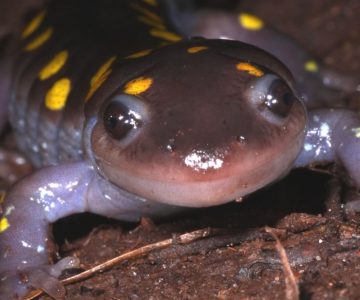
CSI: Natureworld The Case of Burying Beetle Bob
Nov 2, 2018 | | Notes from the WildA CSI probe into Bob’s disappearance has revealed damning evidence linking Sam to the incident!
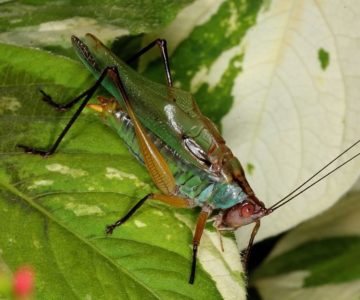
Katydids
Sep 5, 2017 | | Notes from the WildKatydids are seldom seen, because they camouflage so well with greenery.
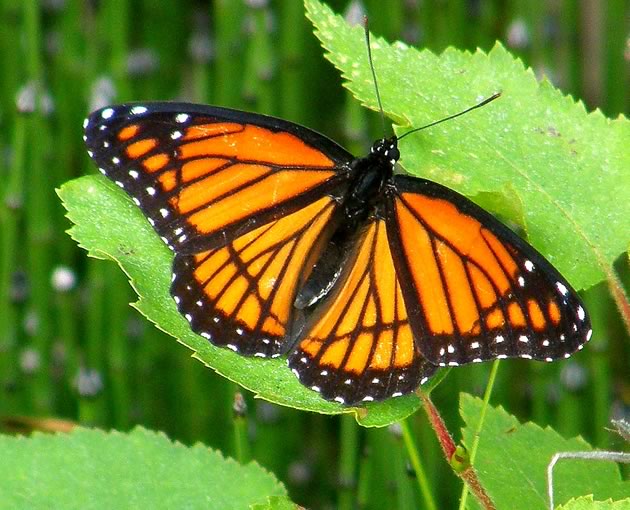
Mimicry
Oct 15, 2012 | | Notes from the WildLike everything in nature, mimicry is complex and nuanced.
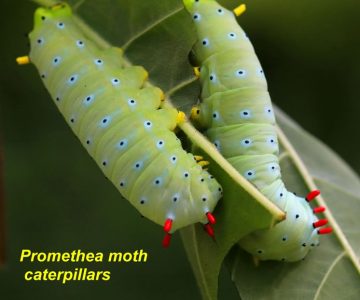
Promethea Moths
Jul 6, 2020 | | Notes from the WildWhile most moths release their pheromones after dusk, promethea moth females are an exception.
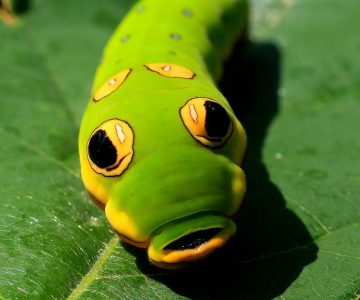
Spicebush Swallowtail Caterpillar
Sep 4, 2018 | | Notes from the WildI’ve written about our remarkable caterpillars before, but so many interesting ones inhabit our hills that another look is warranted.
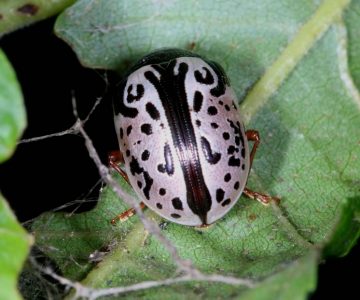
Night Creatures
Oct 8, 2019 | | Notes from the WildMost of the nocturnal critters my friends and I find are insects, but spiders, millipedes and amphibians also appear in our flashlight beams.

Night Hikes
Oct 17, 2017 | | Notes from the WildNight Hikes – A purposeful walk along a path, playing a flashlight over leaves, branches and trunks will reveal wonders.
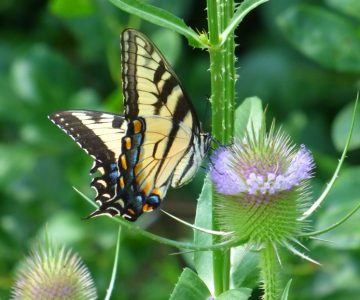
Flight of the Butterfly
Aug 3, 2018 | | Notes from the WildTo the casual observer the flight of a butterfly appears haphazard and inefficient, something like the bobbing of a cork on turbulent waters.





